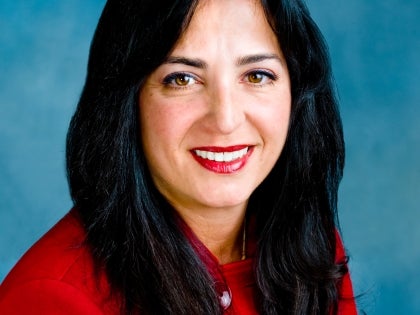
Paterson Wants Cuts In State’s Current Budget
Erik Engquist
of Crain's New York Business.com
Gov. David Paterson has come to the conclusion that the state will have to reduce its current $125 billion budget, but it is unclear when he will ask the Legislature to bite the bullet on what are sure to be painful and controversial spending reductions.
Mr. Paterson will deliver a speech Tuesday ostensibly to bring news of the state’s worsening budget picture directly to New Yorkers. But he acknowledged today that they already know severe cutbacks are needed—it’s the Legislature that needs to get the message.
“People sitting in their homes already know what the pain is,” Mr. Paterson said at a news conference Monday. “I want to make sure that people in Albany understand as well.”
The question now is not if the budget will have to be pared back, but when. A crucial state Senate election looms in November, with Democrats poised to take control of the chamber, and Republican senators are loath to make drastic cuts just before voters go to the polls.
However, postponing cuts would reduce the amount of money they would save. “The longer you wait, the worse it gets,” says Charles Brecher, research director for the Citizens Budget Commission, a watchdog organization. “So it is good to be sounding an alarm and not let it worsen. We’re already behind the curve.”
Mr. Paterson appears to be moving toward a decision to reopen budget talks with Assembly Speaker Sheldon Silver and Senate Majority Leader Dean Skelos. Mr. Skelos is under the most pressure, since Republicans hold the majority by a 31-30 margin and his Long Island delegation is trying to protect a vulnerable chunk of state funding: education aid to wealthy school districts.
“There’s now $300 million or $400 million in legislative school aid that you could cut back on,” Mr. Brecher notes. He also said money could be saved in the Medicaid program, tax and incentive payments to businesses located in Empire zones and by increasing the state work week to 40 hours from 37.5. The Commission figures the last step alone could cut state spending by $250 million a year, but would require collective bargaining with public employee unions.
State Sen. Diane Savino, D-Staten Island, said capital spending and legislative pork might have to be slashed. “The most important thing is, you have to protect essential state services: education, budget, health care, public protection—those are the basic requirements of government,” she said. “Economic development is important, but some big projects may need to be postponed.”
